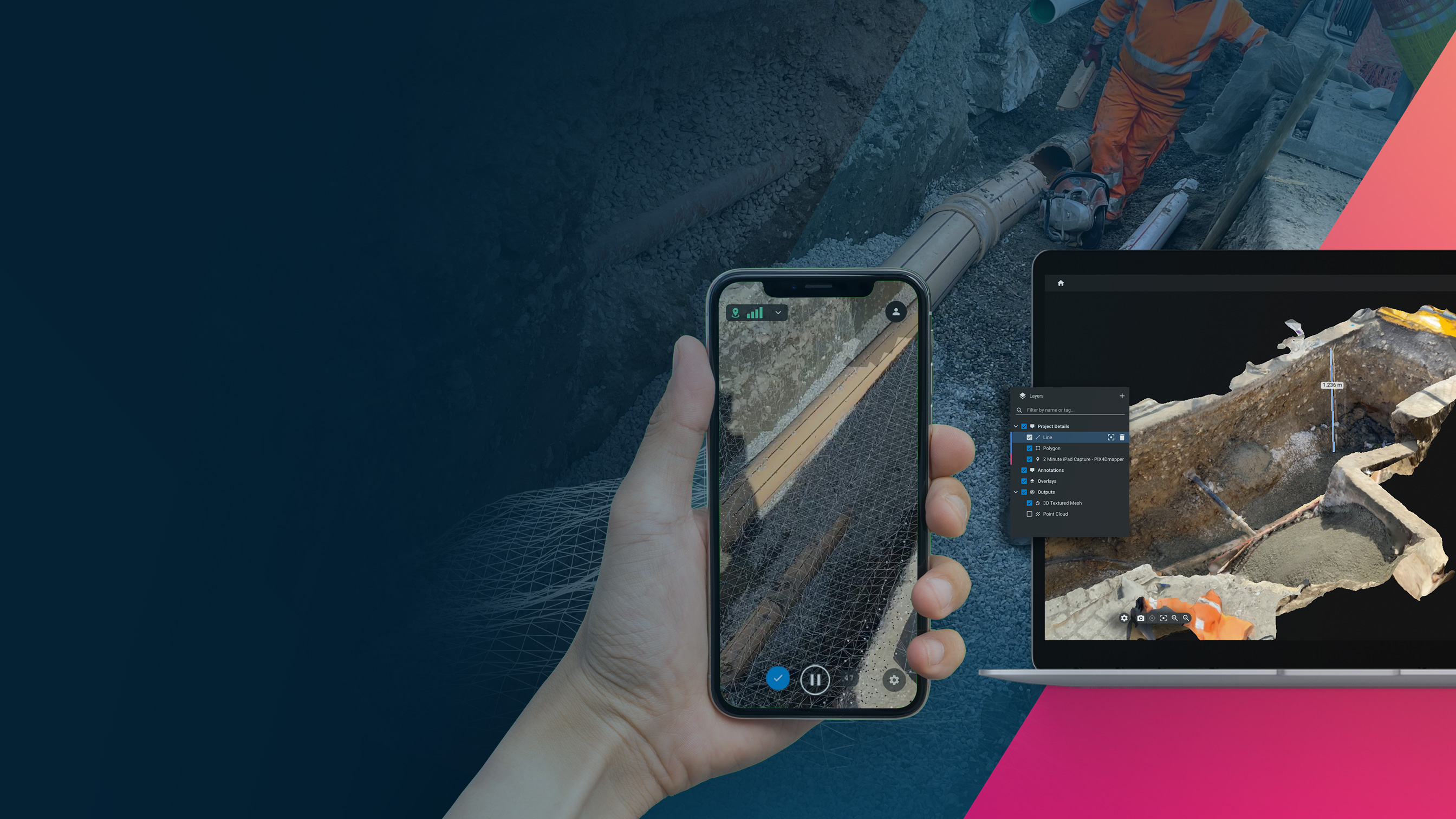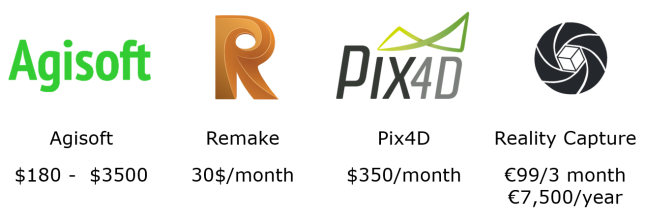
So features that are behind or around the object which do not relate to the item being captured cannot be included.


#Capturing reality vs pix4d full
But, when you’ve mastered the art of automating capture under controlled conditions, it can significantly improve the data creation (image capturing) phase. The aim is to get a full 360 view of the object without including peripheral items. The capture stage is often the bottleneck phase in the 3D asset creation process. The photos are captured with overlapping images. How photogrammetry works We start by capturing every surface of the object with multiple images from different angles. You can capture images in close range using a digital camera that’s either hand-held or mounted on a tripod. This is generally for 3D rendering of smaller objects. This is a safer and easier option to capture images in hard to access spaces, large aerials or dangerous environments.Ĭlose-range photogrammetry. Drones can be used to capture aerial imagery. As it captures everything in significant detail – including texture, signs of time and colours, so much so that looks more like the object in reality.Īerial photogrammetry.
#Capturing reality vs pix4d software
But, the downside to this method is significant if the aim is to create good price-performance ratio result without spending thousands of your budget buying or renting 3D laser equipment, and the software to rework it. Long sentence short there might be another chance to get a great result for the purpose of real-time content creation. The benefit of this process would be the 100% accuracy that you’ll have even in dark areas or scan objects with reflective surfaces. With 3D scanning, you can create something using a technology (which is often expensive) and complex. Photogrammetry versus 3D scanning – optimizing for quality Let us explore the effects of photogrammetry on digital content creation for a variety of business use cases, but especially for virtual and mixed reality applications. Link to our project page can be found here We bring the SCHLOSSLICHTSTPIELE (Trailer) to you – using photogrammetry, cloud computing and real-time 3D rendering. But we’ve made it that you didn’t have to be there physically to experience the event.

Because of the pandemic, that was not an experience any of us could put on our 2020 calendar. But what if you could use this idea of 3D modelling and give your visitors/guests a more immersive viewing experience?Įven closer to home are the SCHLOSSLICHTSPIELE Karlsruhe. It gives you a 360-degree view of a significant portion of the world. The realities of the restrictions and changes imposed by COVID-19 have also shown how easily accessible solutions we already have at hand can enhance our business processes. So we in personal had a closer look at what the possibilities of photogrammetry and 3D scanning are. But the effects of the current pandemic have made it more imperative that we highlight the many technologies we already have but not used it this daily or common. Photogrammetry and 3D scanning are not new. Photogrammetry and 3D Capturing – Bringing Life to 2D images and Mixed Realities


 0 kommentar(er)
0 kommentar(er)
